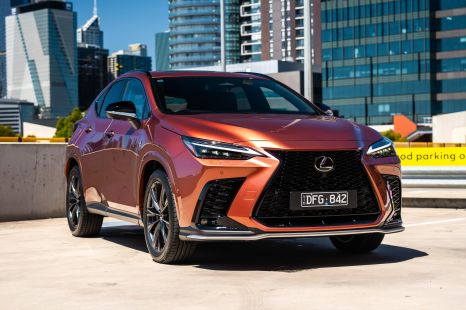

Max Davies
2025 Lexus NX450h+ F Sport review
30 Days Ago
The Mitsubishi Outlander PHEV is a versatile family SUV with few direct rivals, but the GSR flagship is a bit superfluous.
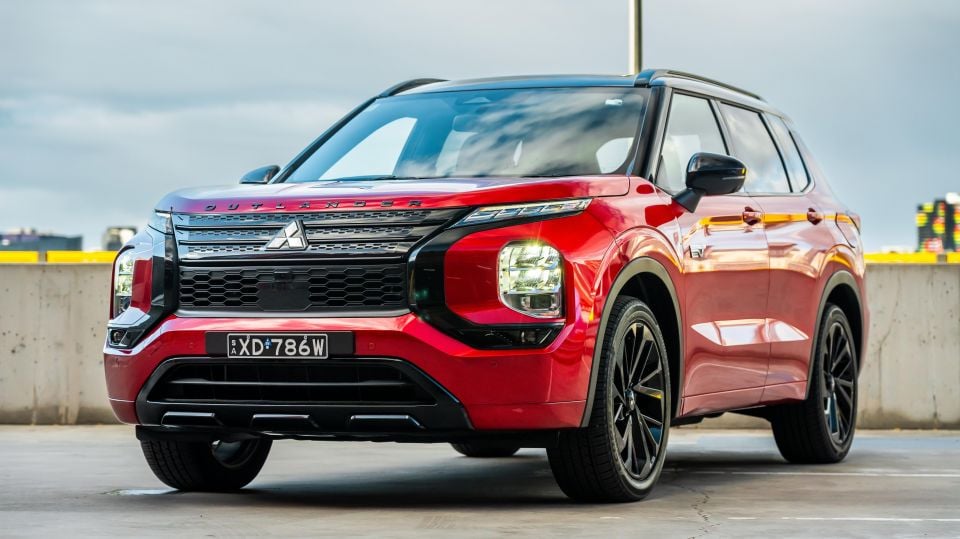
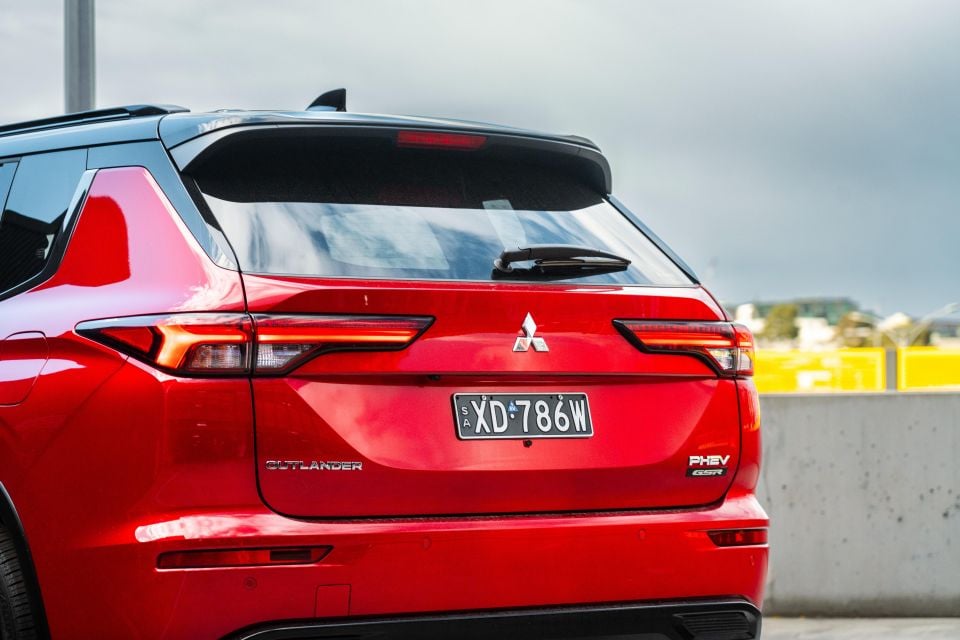

Quickly see how this car stacks up against its competition. Select any benchmark to see more details.
Where expert car reviews meet expert car buying – CarExpert gives you trusted advice, personalised service and real savings on your next new car.
Few cars mean more to Mitsubishi in Australia than the Outlander Plug-in Hybrid EV (PHEV).

It’s the best-selling plug-in hybrid in the country, and the Outlander nameplate is Mitsubishi’s most popular among local buyers.
So, it stands to reason the flagship Outlander PHEV GSR should represent all that is good about the Japanese carmaker in 2024.
It shares the same powertrain as lesser variants, gets all the kit of the plush Exceed Tourer, and brings a trendy black styling pack for good measure.
But in top-spec the Outlander PHEV is no budget buy – at $73,790 before on-road costs, it’s a $16,500 jump over the base ES.
This comes as Chinese challengers are creating competition with a wave of new electrified SUVs. So, does the flagship GSR have what it takes to compete with a cheap PHEV onslaught?
The blacked-out GSR tops the Outlander PHEV range with an asking price of $73,790 plus on-road costs.
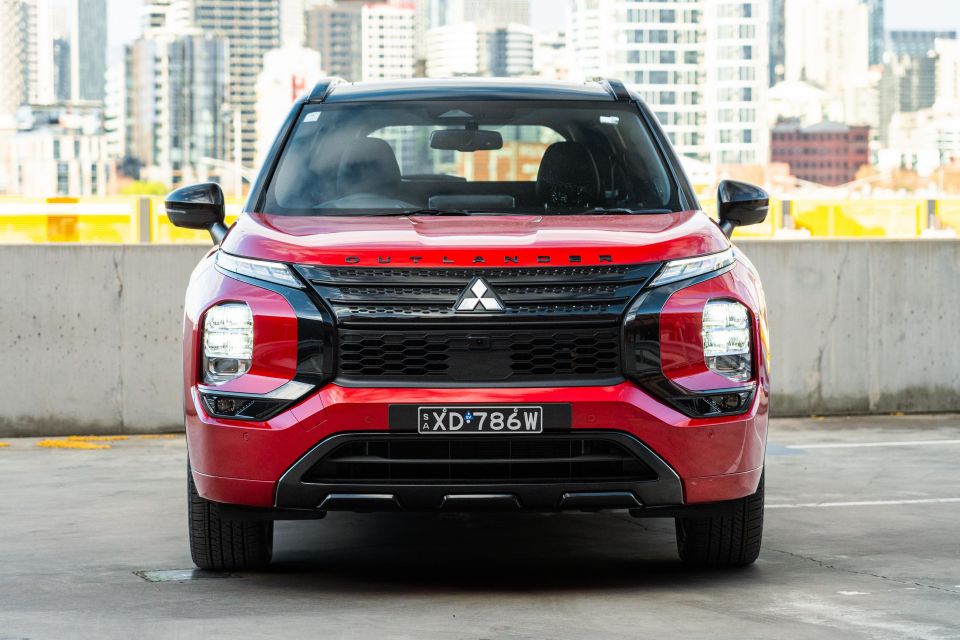
| Model | Price before on-road costs |
|---|---|
| 2024 Mitsubishi Outlander Plug-in Hybrid EV ES 4WD 5 Seat | $57,290 |
| 2024 Mitsubishi Outlander Plug-in Hybrid EV Aspire 4WD 5 Seat | $63,790 |
| 2024 Mitsubishi Outlander Plug-in Hybrid EV Exceed 4WD 7 Seat | $69,290 |
| 2024 Mitsubishi Outlander Plug-in Hybrid EV Exceed Tourer 4WD 7 Seat | $71,790 |
| 2024 Mitsubishi Outlander Plug-in Hybrid EV GSR 4WD 7 Seat | $73,790 |
To see how the Mitsubishi Outlander lines up against the competition, check out our comparison tool.
Buy your new car without the stress. It's fast, simple and completely free.

Great service from Travis and team, second time I have used this business would not hesitate to recommend them to anyone
Craig C.
Purchased a Ford Ranger in Sunshine Coast, QLD
CarExpert helped Craig save $7,224 on his Ford Ranger, now let us save you on your next new car.
Get your BEST priceMitsubishi has done a decent job of tarting up the interior for the flagship GSR, although its economy SUV roots are apparent. With that said, the main touch points throughout the cabin are undeniably premium.

This top-spec GSR gets all the fruit, including quilted leather seats with three-stage heating, electric adjustment and massage functions.
Aside from all the toys, the seats are exceptionally comfortable with a soft and inviting base cushion. Once settled, the heating function is a go-to for winter mornings.
It can be a bit of a faff finding the massage settings in the infotainment menus, but it’s worth it.
In front of the driver sits a heated four-spoke perforated leather steering wheel. It’s soft, ergonomically pleasing, has plenty of texture, and pairs well with the premium feel of the front pews.
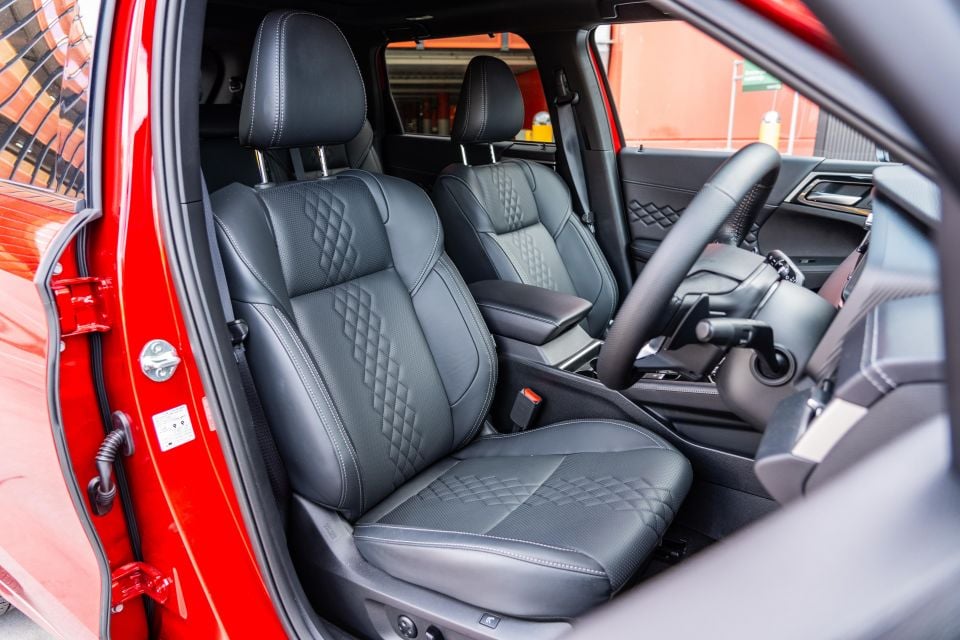
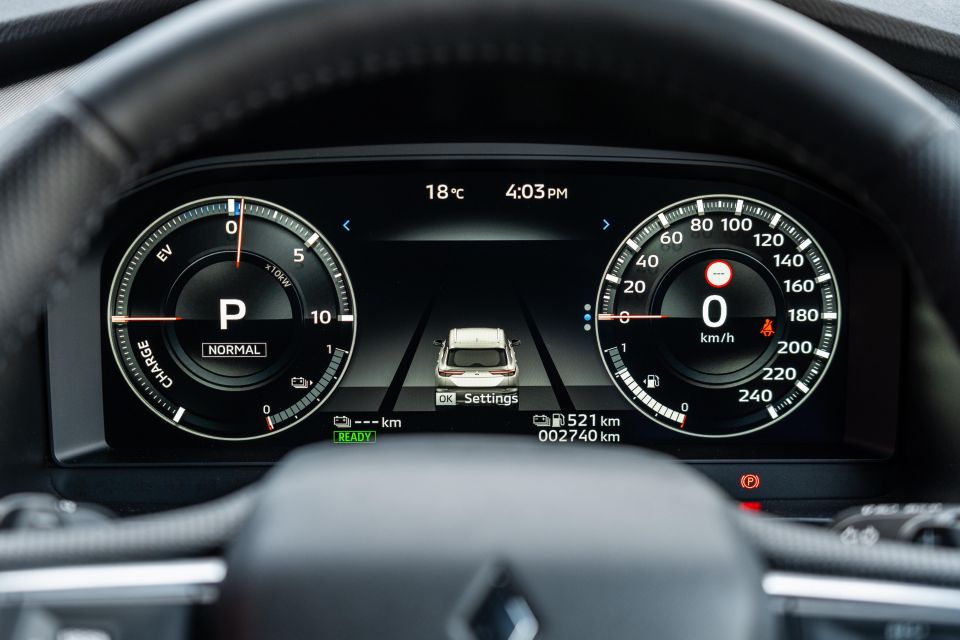
The surrounding interior is a sea of black, with soft touch finishes on the door cards, centre armrest, and dash.
In place of colour there’s a mix of patterns and textures, but it’s not the most cohesive package from a design standpoint. Aesthetics aside, the cabin of the GSR is a pleasant place to spend time.
You will find hard plastics, but they’re mostly relegated to low traffic areas. Our car also had a few rattles and squeaks.
All variants of the Outlander PHEV feature the same dual infotainment and instrument screens.
That means you get a 9.0-inch infotainment touchscreen and a 12.3-inch digital instrument cluster.
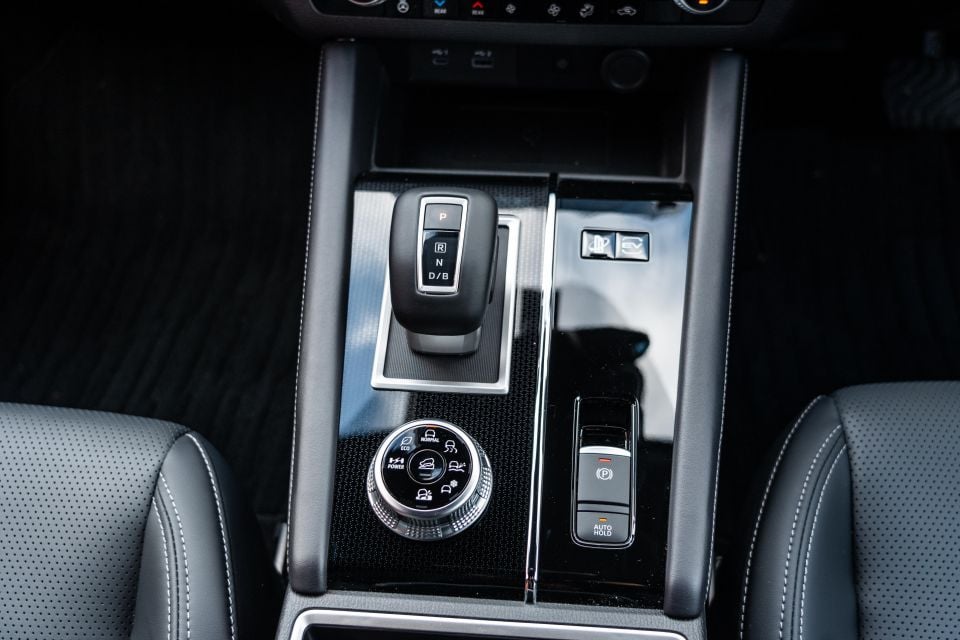
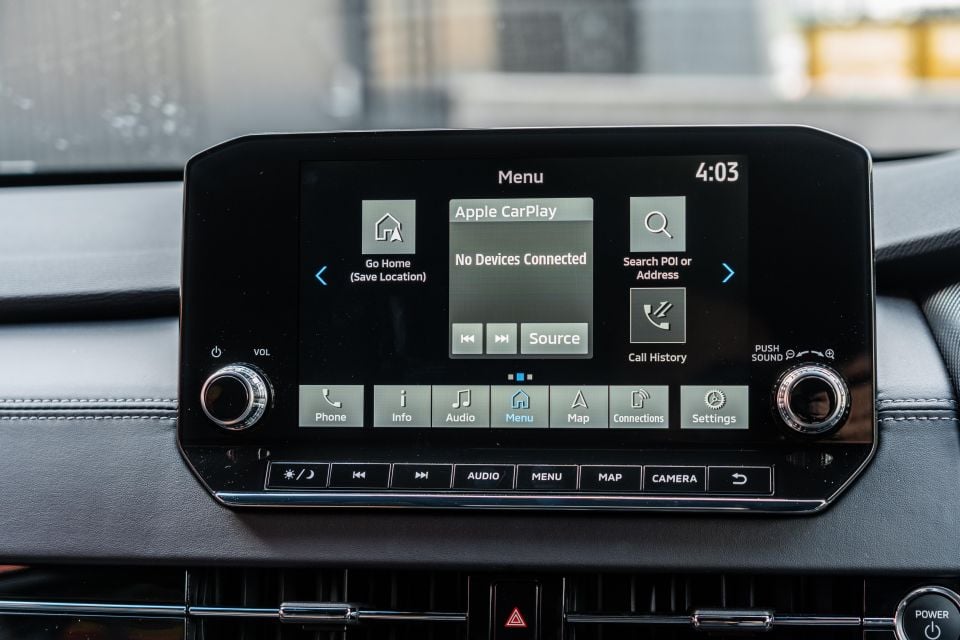
On one hand, the digital driver display is easily digestible, with a basic layout and readouts for speed, energy use, fuel economy, audio playback and adaptive cruise. It’s not pretty, but the functionality is there. All variants except the base ES also get a head-up display.
On the other hand, the infotainment system reflects poorly on this flagship GSR given it’s circa-$80,000 drive-away price tag.
To begin with, the screen is far smaller than its rivals, and the low-resolution graphics are a throwback to the 2010s. Integration of the screen appears an afterthought, as the rectangular unit is tacked on the dash like an aftermarket item bought off eBay.
In terms of features, the screen houses a native satellite navigation, but that’s about it. Your best bet is to stick to Apple CarPlay or Android Auto.
In my experience however, that wasn’t quite so straightforward. Wireless Apple CarPlay was temperamental, often failing to establish a connection with my phone.
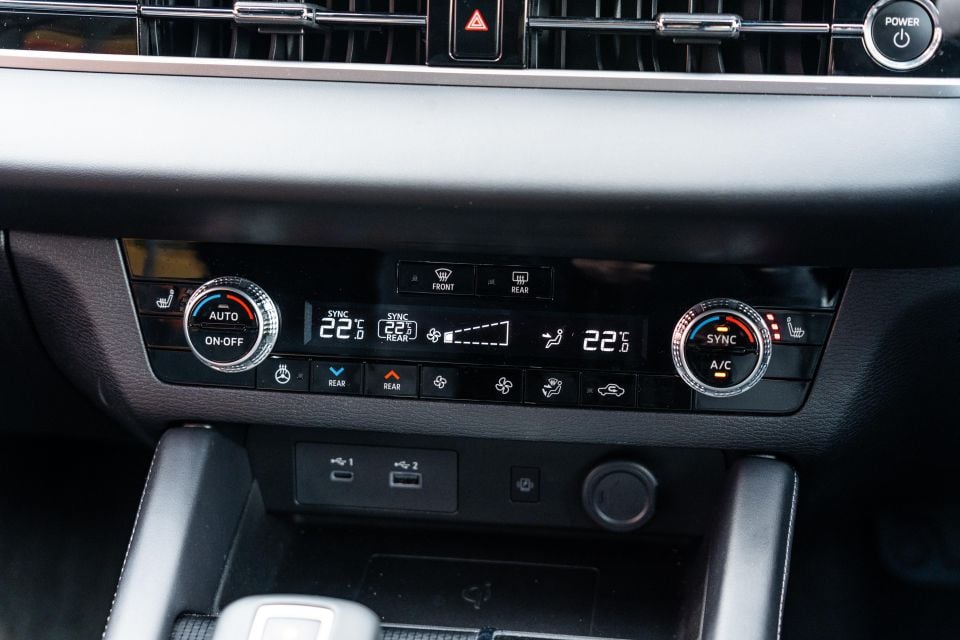
Alternatively, you can connect your device via USB-A and USB-C outlets located under the centre stack. A wireless phone charger also resides there. Physical climate controls are housed above.
While some of the tech leaves a bit to be desired, the GSR comes with a panoramic sunroof that brightens up the cabin and goes some way to justifying its flagship status.
Storage options up front include a small armrest cubby, small glovebox, large centre cupholders, a sunglasses holder, and door bins fit for a 1L drink bottle.
I’d almost argue the second row is just as well equipped.
In the GSR, rear passengers are treated to heated seats (outboard), map pockets, and three connectivity options (USB-A, USB-C and a 1500W power outlet). The latter is particularly useful for charging larger devices such as laptops.
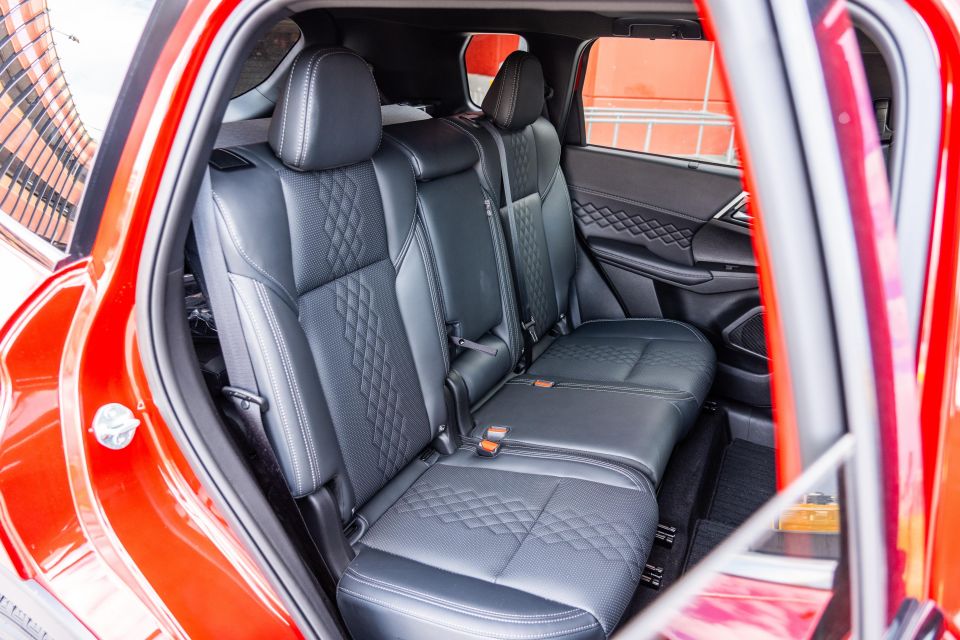
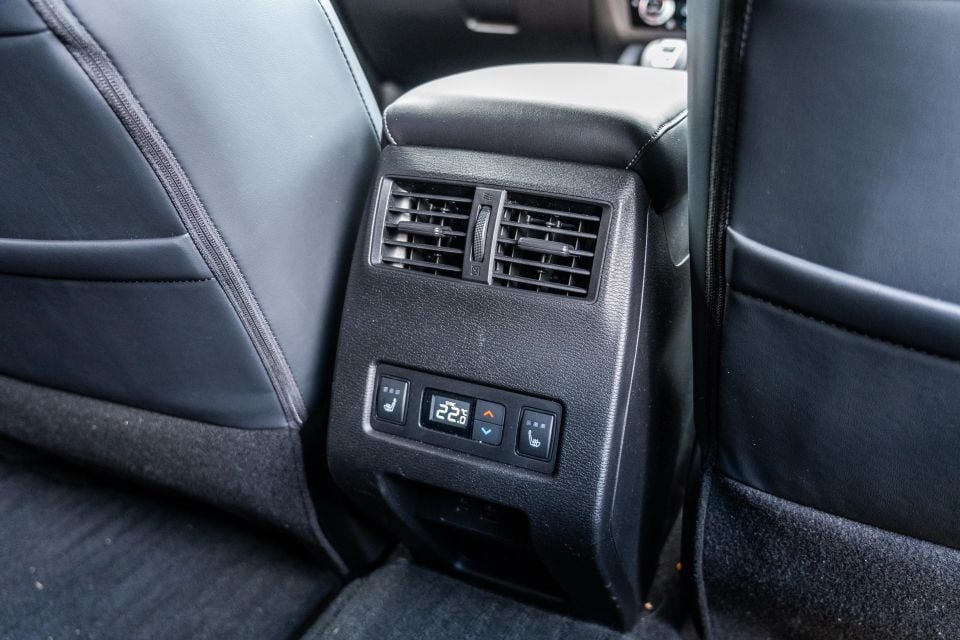
There’s plenty of room for people, too.
With slide and recline adjustability, the second-row seats can be tinkered to maximise both leg- and headroom. Alternatively, there’s the option to sacrifice second-row space for those in the third row room, or for extra boot capacity.
Five adults will fit in relative comfort, but if you plan on seating seven then it’s worth considering the size of your passengers.
The third row is strictly for small children, as there’s very little leg- or headroom. When not in use, it’s best to fold them away and free up the full 494 litres of boot space, which expands to 1414L with the second row folded down.
Practicality in the boot is bolstered by the inclusion of a powered tailgate and a 1500W power outlet.
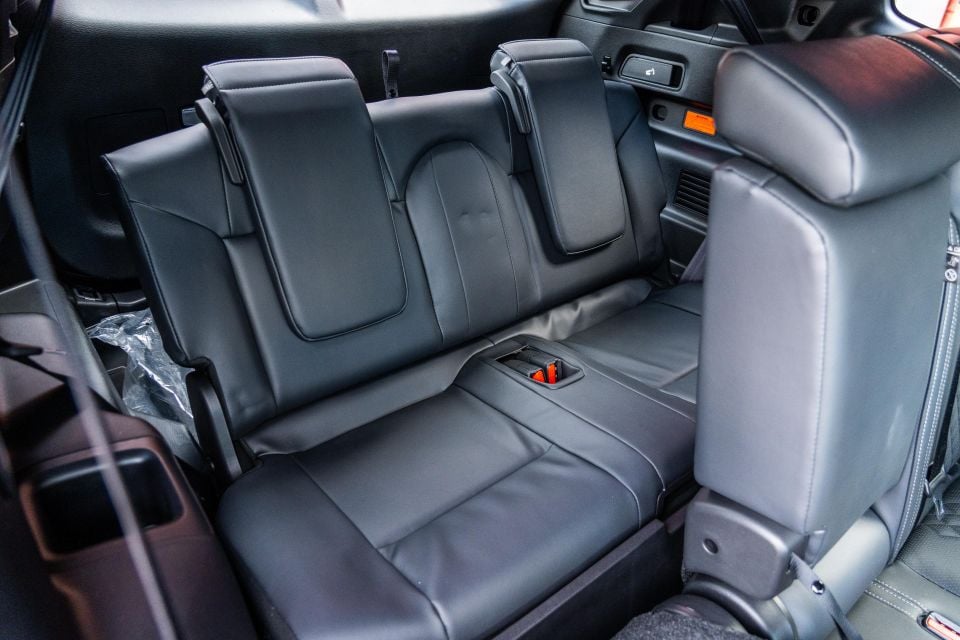
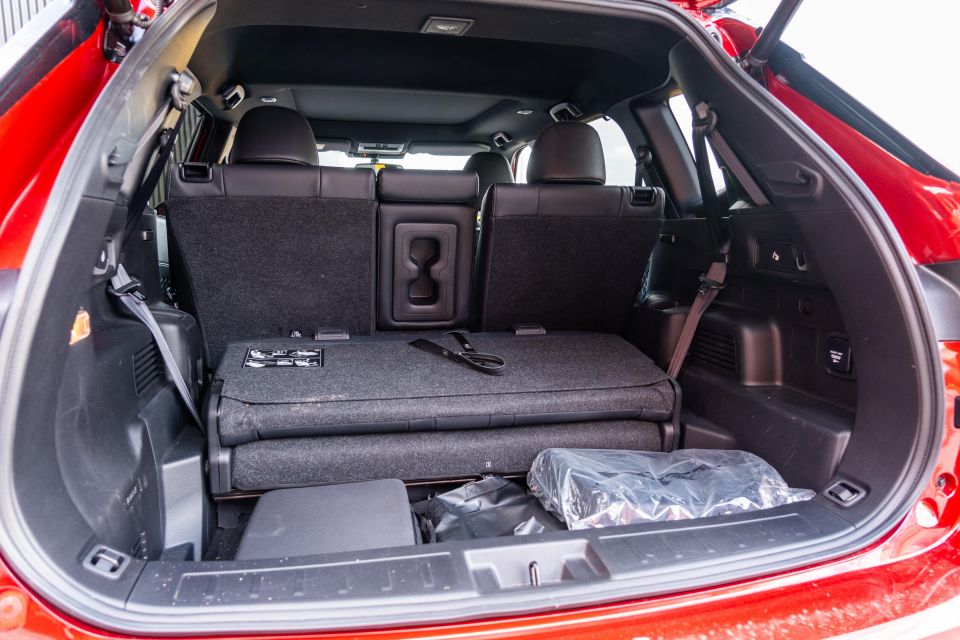
| Dimensions | Mitsubishi Outlander Plug-in Hybrid EV |
|---|---|
| Length | 4710mm |
| Width | 1862mm |
| Height | 1745mm |
| Wheelbase | 2706mm |
| Ground clearance (unladen) | 203mm |
| Weight (kerb) | 2145kg |
| Cargo capacity (VDA) | 191 litres (7 seats) 461 litres (5 seats) 1387 litres (2 seats) |
To see how the Mitsubishi Outlander lines up against the competition, check out our comparison tool.
The Outlander PHEV teams a 2.4-litre petrol engine with two electric motors and a lithium-ion battery.
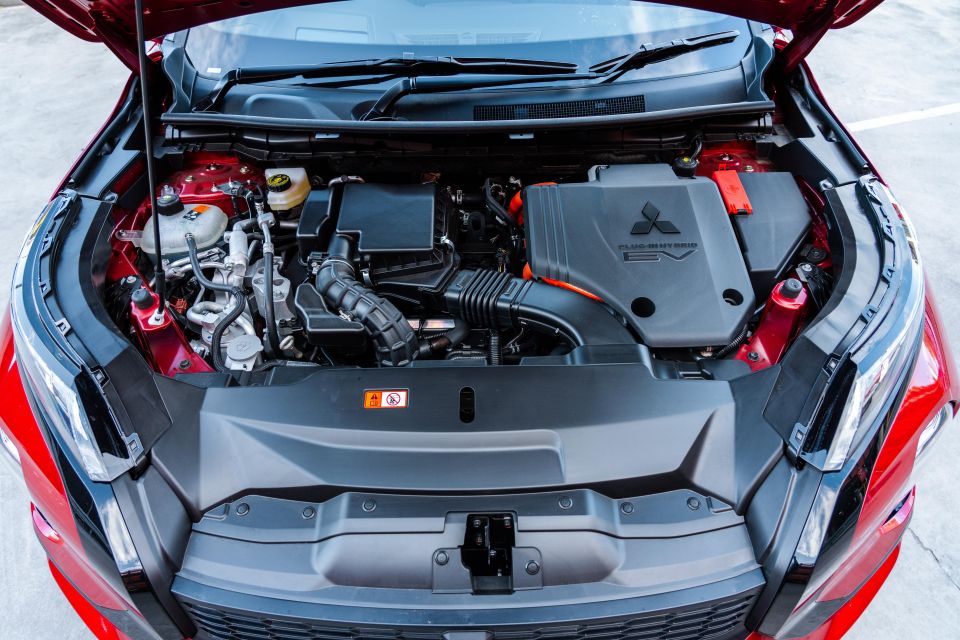
| Technical Specifications | Mitsubishi Outlander Plug-In Hybrid EV |
|---|---|
| Engine | 2.4-litre 4cyl petrol |
| Engine power | 98kW |
| Engine torque | 195Nm |
| Electric motors | 1 x front 1 x rear |
| Front electric motor power | 85kW |
| Rear electric motor power | 100kW |
| System power | 185kW |
| System torque | 450Nm |
| Transmission | Single-speed transaxle |
| Battery | 20kWh lithium-ion – 350V |
| Charge time (DC) | 38 minutes – 0 to 80 per cent |
| Driven wheels | All-wheel drive |
| Kerb weight | 2145kg |
| Fuel economy (claim) | 1.5L/100km |
| Electric driving range (claimed) | 84 kilometres – NEDC |
| CO2 emissions – claimed | 35g/km |
| Fuel tank capacity | 56 litres |
| Octane rating | 91 RON |
| Towing capacity – braked | 1600kg |
| Towball download – maximum | 160kg |
To see how the Mitsubishi Outlander lines up against the competition, check out our comparison tool.
The Outlander PHEV is an absolute breeze to drive, and especially effective as a versatile family car.
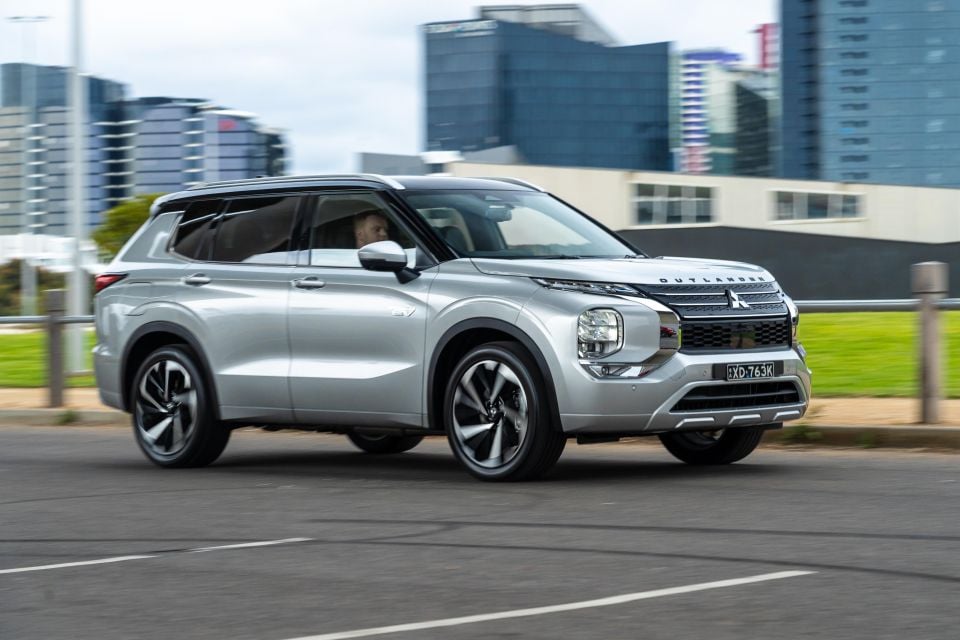
Not all PHEVs successfully integrate petrol and electric power, but the Outlander PHEV does it seamlessly, resulting in a smooth and comfortable drive.
At low speeds the dual electric motors provide instant torque, and the all-wheel drive layout ensures the grunt is usable. Some electric-powered vehicles struggle to put their power down, often spinning the wheels from a set of lights, but the Outlander surges forward without fuss despite it’s 2145kg kerb weight.
The Outlander PHEV is right at home rolling around on battery power alone, while the same can’t be said for some single-motor plug-in hybrids.
It’s quiet too, leaning on the muted electric motors where possible. Transitions between electric and petrol power is smooth and intuitive – the 2.4-litre four-cylinder never makes a dramatic, noisy entrance.
In regular driving the powertrain prioritises the electric motors, treating the petrol engine as a back-up generator more than anything. The systems work in tandem to maximise outputs at full throttle.

With a claimed EV range of 84km, most city commuters who charge their Outlander nightly will rarely need to call upon the combustion engine anyway.
Most of the time, the only noise to penetrate the cabin is the background whir of electric motors, especially during urban driving.
Aside from a quiet ride, the Outlander PHEV offers user-friendly controls, with light steering and progressive throttle and brake pedals. Auto-hold is on hand to give your right foot a rest in heavy traffic.
There’s no learning curve – just about anyone could drive this car despite its innovative powertrain and large footprint.
Ride comfort is another plus point. The Outlander PHEV is softly sprung – it floats over speed humps rather than bouncing or crashing.
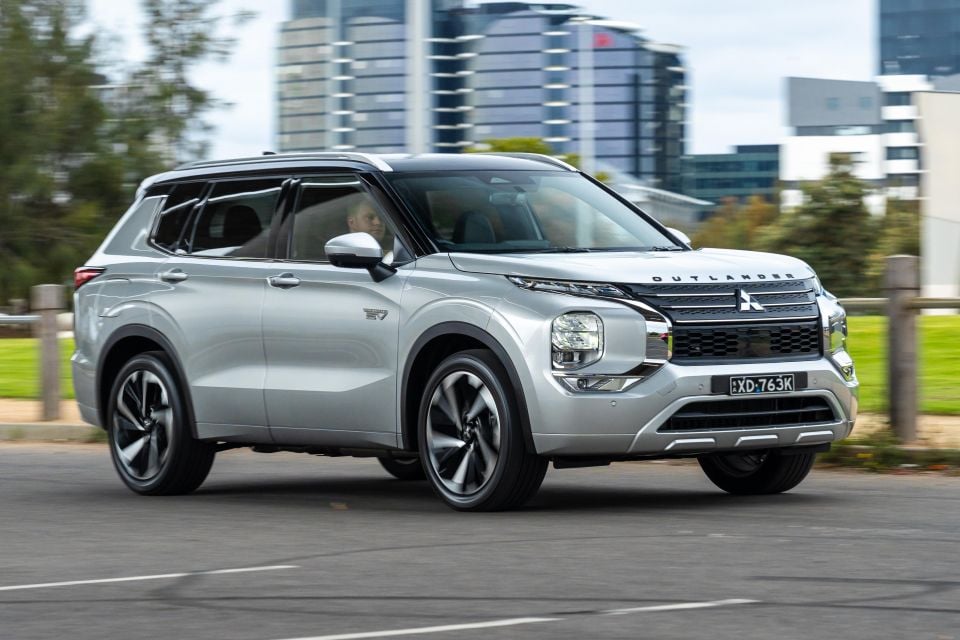
You feel some vibrations through the cabin, but it’s nothing worth complaining about. The price you pay for refinement is driving engagement, of which there’s little.
There’s plenty of body roll through corners, and the light controls in the Outlander don’t encourage you to hustle it. But that’s not really what most buyers look for in a family SUV.
Of more relevance is ease of parking and visibility. The Outlander isn’t particularly easy to see out of, although variants from the Aspire upwards come with a surround-view camera that aids parking in tight shopping centre lots.
Beyond city limits, the Outlander remains a very agreeable SUV to drive.
In fact, it doesn’t require much driving at all. The GSR is equipped with Mitsubishi’s MI-Pilot driver assist suite, including adaptive cruise control with stop/go, lane centring, and steering wheel touch sensors.
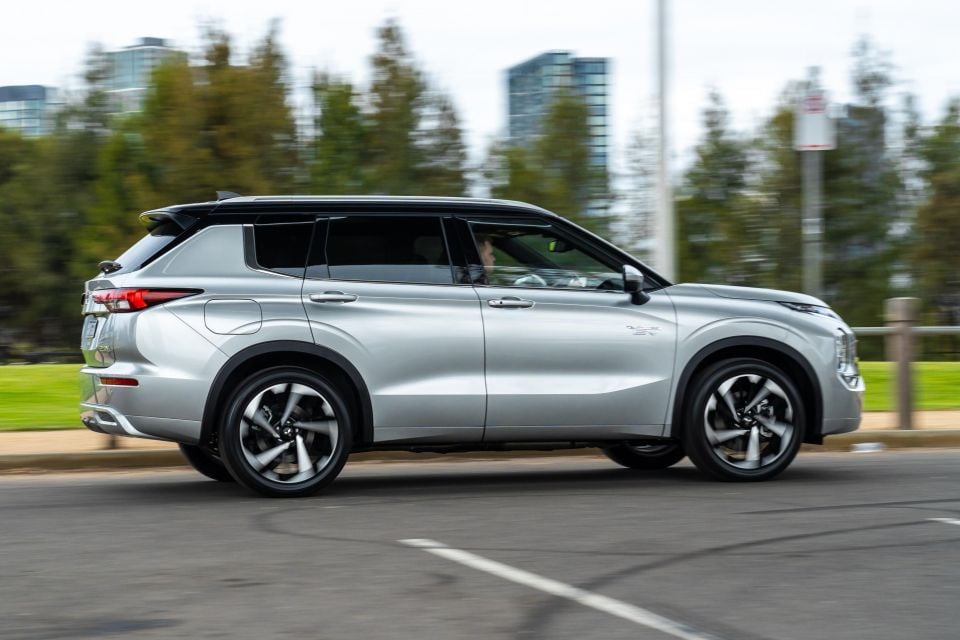
Where expert car reviews meet expert car buying – CarExpert gives you trusted advice, personalised service and real savings on your next new car.
When given the reins the system handles extended highway runs effectively, delivering smooth throttle and steering inputs. Setting MI-Pilot up is straightforward, done via clearly labelled buttons on the steering wheel.
The hybrid powertrain is tractable when overtaking, and efficient when maintaining a consistent speed. Even if you’re a little lazy with your charging habits, the Outlander PHEV is an economical family hauler.
It’s also well-equipped to handle weekend adventures, with all-wheel drive, hill descent control, and several off-road drive modes.
From a safety perspective, the Outlander PHEV is well appointed with blind-spot monitoring and rear cross-traffic alert, as well as front and rear parking sensors to supplement the surround cameras.
My main complaint – the traffic sign recognition system is regularly tripped up by school zones and roadworks.
There are now five grades of Outlander PHEV on sale in Australia, led by the GSR featured here.
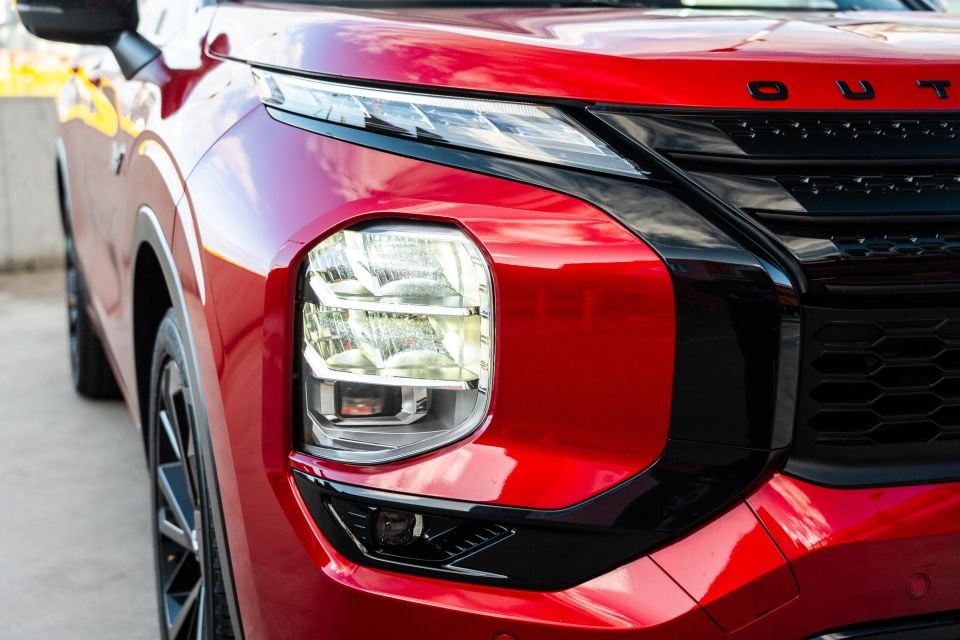

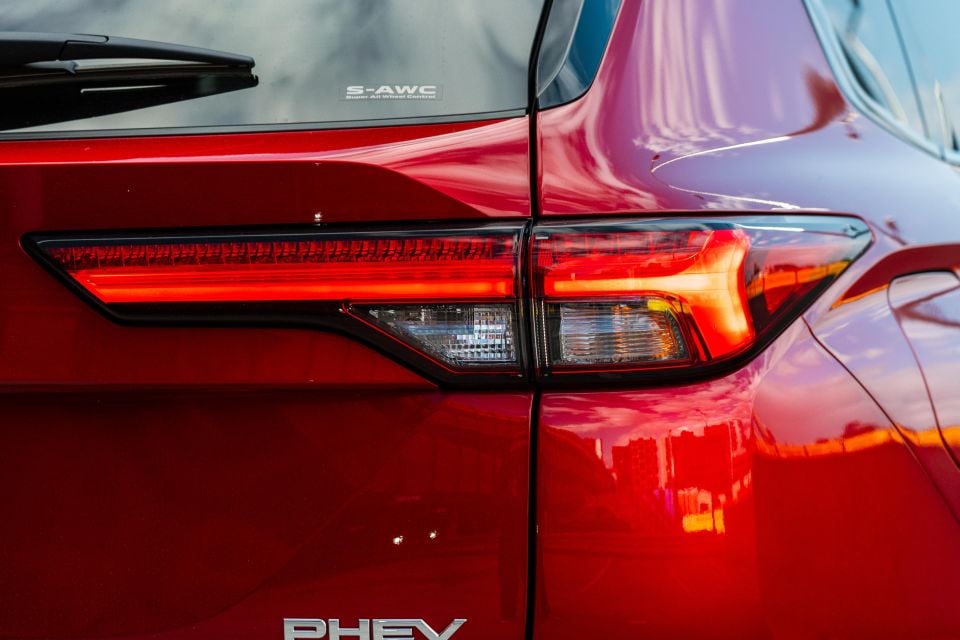

Outlander Plug-in Hybrid EV ES highlights:
Outlander Plug-in Hybrid EV Aspire adds:
Outlander Plug-in Hybrid EV Exceed adds:
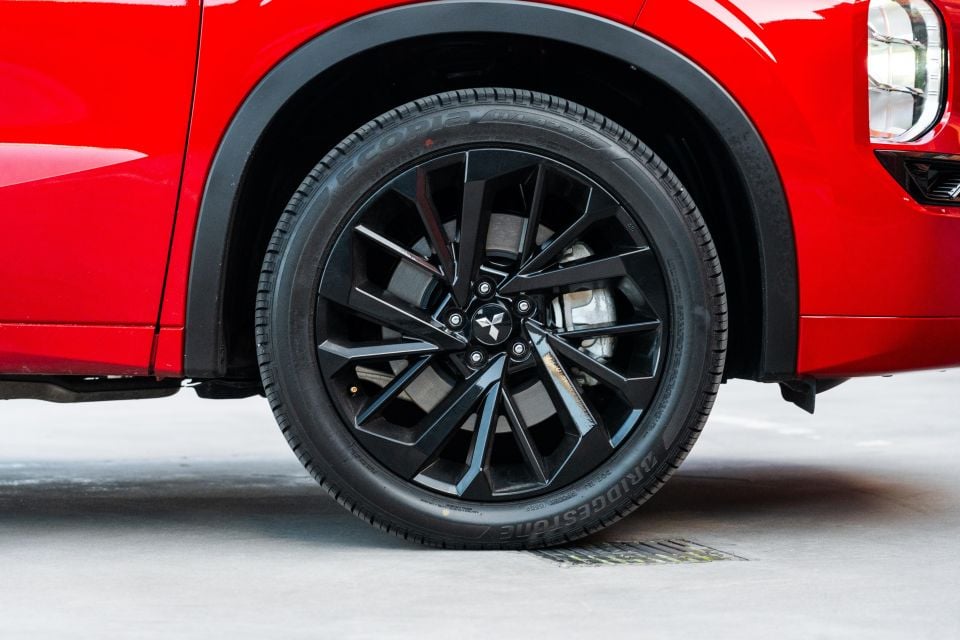

Outlander Plug-in Hybrid EV Exceed Tourer adds:
Outlander Plug-in Hybrid EV GSR adds:
The Outlander wears a five-star ANCAP safety rating based on 2022 tests – applying to all variants including PHEV models.
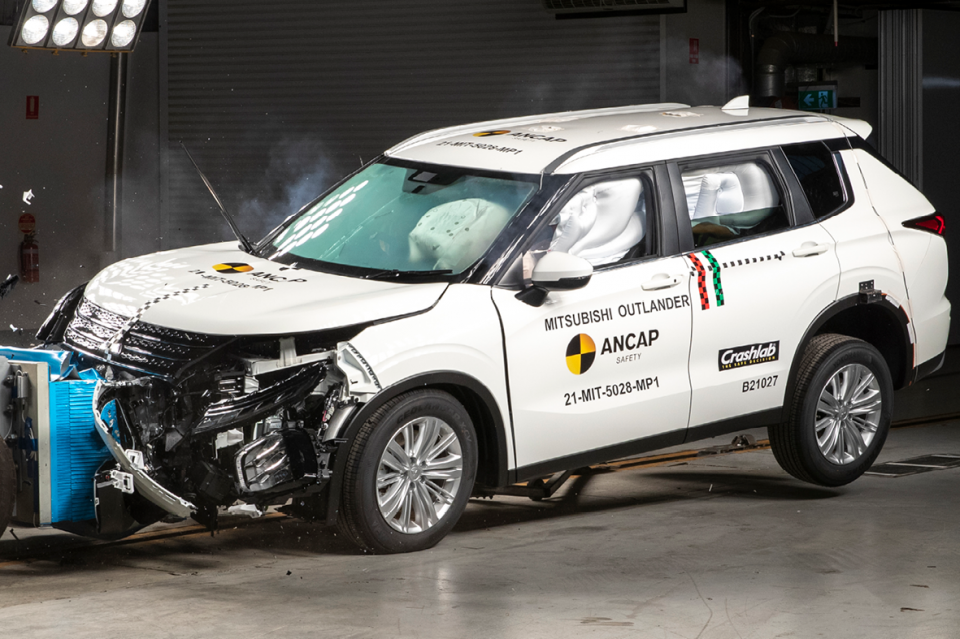
| Category | Mitsubishi Outlander |
|---|---|
| Adult occupant protection | 83 per cent (31.61 out of 38) |
| Child occupant protection | 92 per cent (45.43 out of 49) |
| Vulnerable road user protection | 81 per cent (44.20 out of 54) |
| Safety assist | 83 per cent (13.35 out of 16) |
Standard safety features include:
Outlander Exceed adds:
The Mitsubishi Outlander PHEV is covered by a five-year, 100,000km warranty, though this can be extended to a 10-year/200,000km warranty if you service within the dealer network.
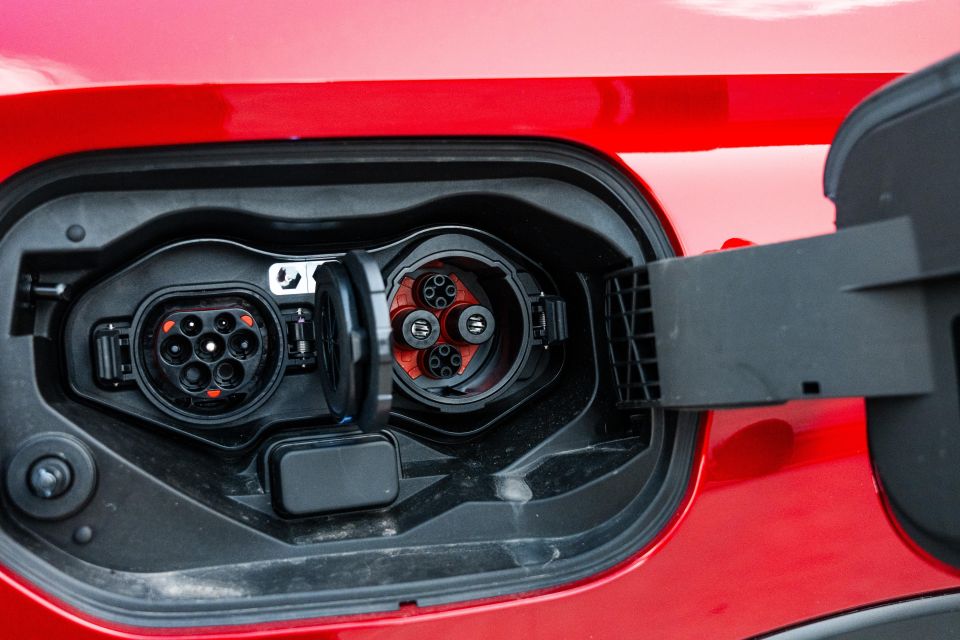
| Ownership Program | Mitsubishi Outlander Plug-in Hybrid EV |
|---|---|
| Warranty | 5 years or 100,000km – standard 10 years or 200,000km – conditional 8 years or 160,000km – PHEV battery |
| Roadside assistance | Up to 5 years – service activated |
| Service interval | 12 months or 15,000km |
| Service pricing | $1495 – 5 years |
To see how the Mitsubishi Outlander lines up against the competition, check out our comparison tool.
Buy your new car without the stress. It's fast, simple and completely free.

Great service from Travis and team, second time I have used this business would not hesitate to recommend them to anyone
Craig C.
Purchased a Ford Ranger in Sunshine Coast, QLD
CarExpert helped Craig save $7,224 on his Ford Ranger, now let us save you on your next new car.
Get your BEST priceWant a PHEV with seven seats? Then it’s just about a case of which Outlander you should buy, rather than if you should buy one.
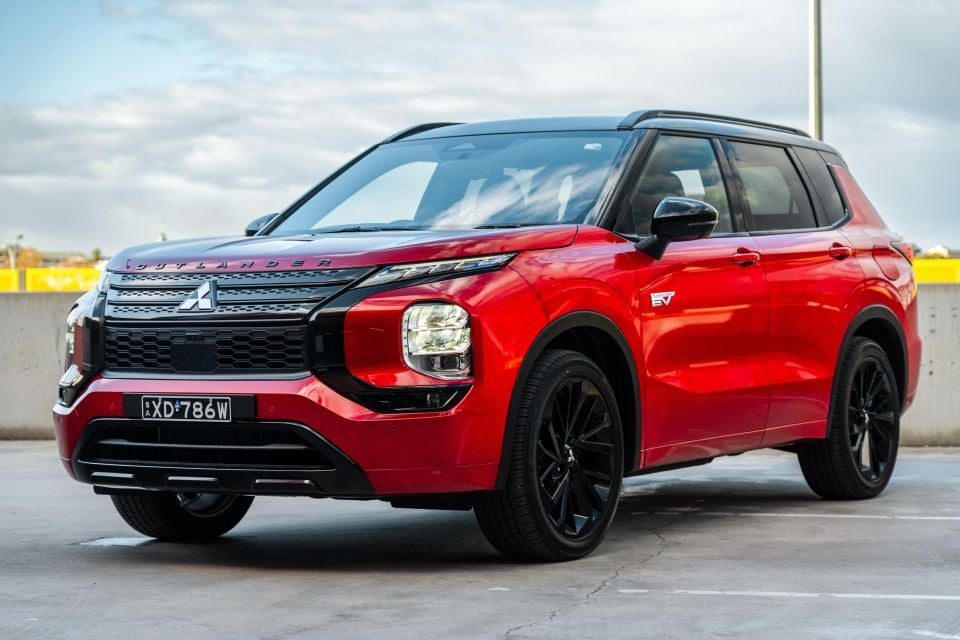
There’s the Kia Sorento PHEV, but that commands a $10,000 premium, enough to price out many potential buyers. The same applies to the Volvo XC90 Recharge plug-in hybrid, with its $128,390 before on-roads price tag.
Of course, there are options outside the PHEV realm. Hybrid versions of the Hyundai Santa Fe, Kia Sorento and Toyota Kluger are all viable alternatives, although none can match the Outlander PHEV from a running costs standpoint.
The plug-in Outlander offers a truly unique driving experience – electric silence and efficiency when you want it, long-distance touring capability, and the benefits of all-wheel drive. It’s a compelling package.
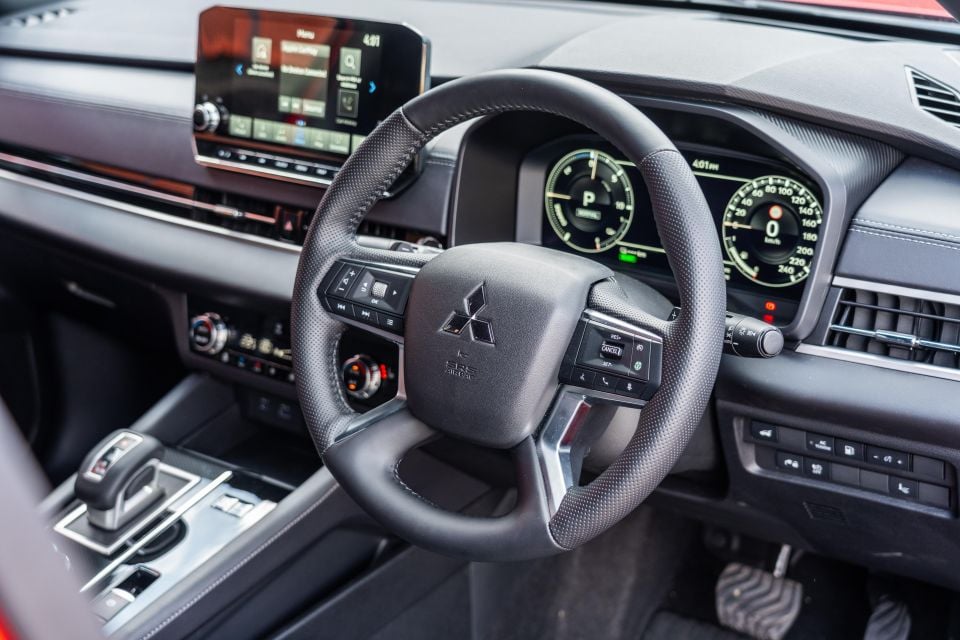
It has its shortcomings – the interior tech is rudimentary and the third row of seating is best saved for emergencies.
If you can look past that, then the Outlander PHEV makes a comfortable, practical family car. The GSR on test isn’t the pick of the range though.
Instead, I’d drop down to the Exceed, saving $4500 in the process. You lose the black appearance pack and a couple of luxuries, but the core qualities of the Outlander remain unchanged.
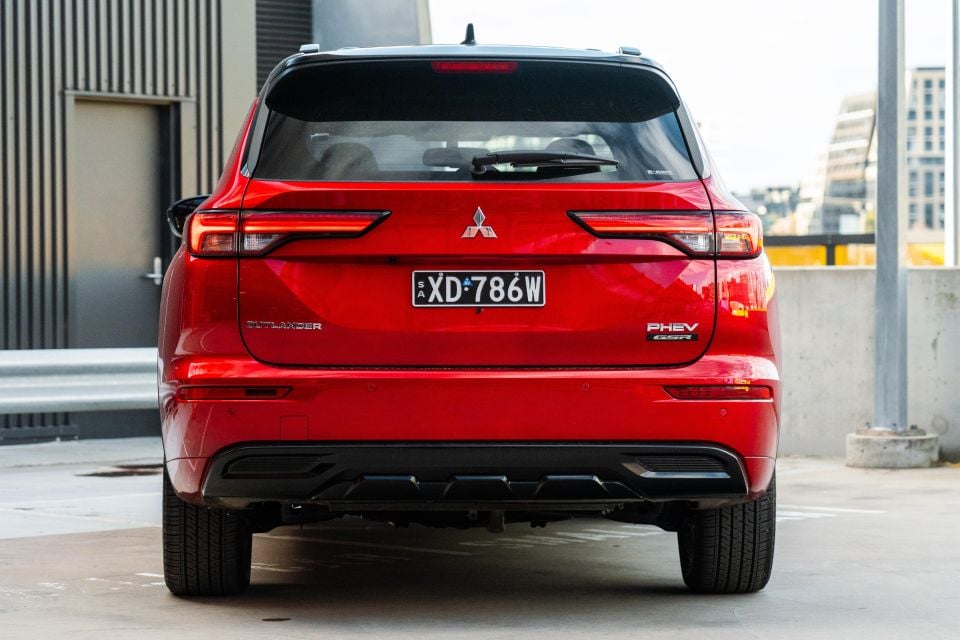
Interested in buying a Mitsubishi Outlander? Get in touch with one of CarExpert’s trusted dealers here
Click the images for the full gallery
Where expert car reviews meet expert car buying – CarExpert gives you trusted advice, personalised service and real savings on your next new car.
Josh Nevett is an automotive journalist based in Melbourne, Australia. Josh studied journalism at The University of Melbourne and has a passion for performance cars, especially those of the 2000s. Away from the office you will either find him on the cricket field or at the MCG cheering on his beloved Melbourne Demons.


Max Davies
30 Days Ago
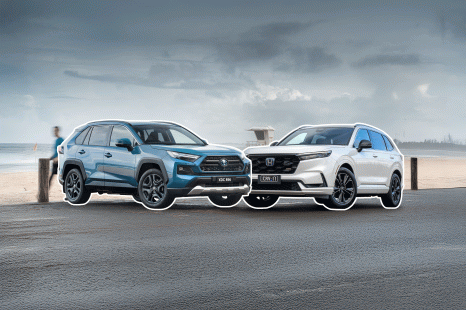

Andrew Maclean
18 Days Ago


James Wong
15 Days Ago
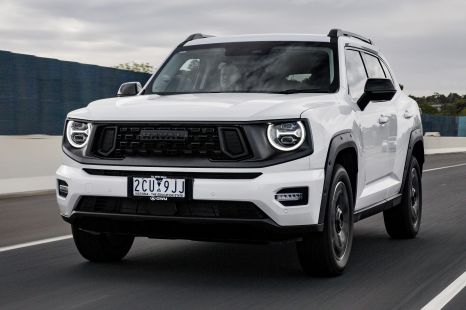

Max Davies
14 Days Ago
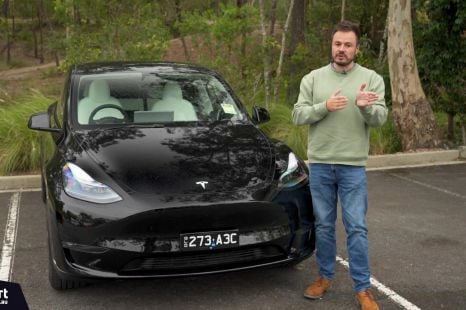

Paul Maric
11 Days Ago
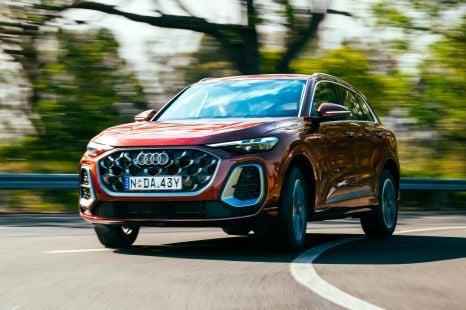

James Wong
8 Days Ago